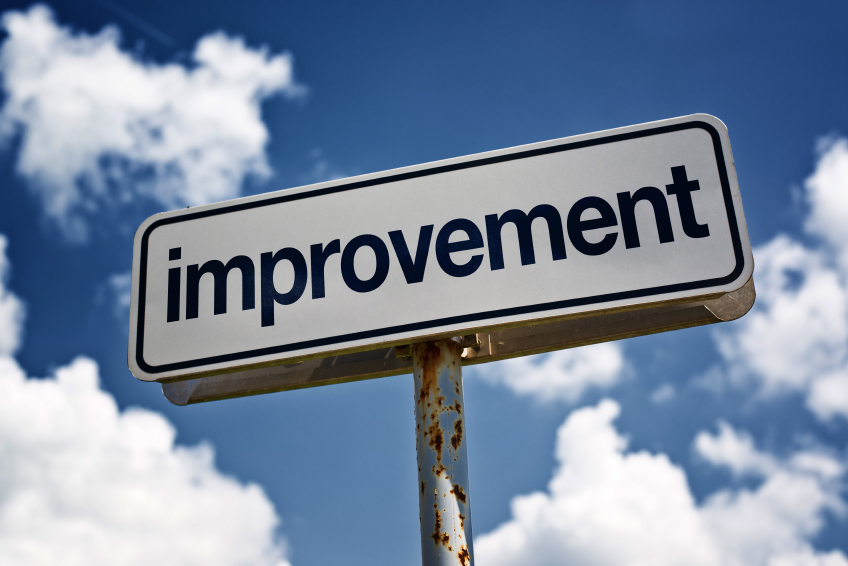
A company’s logo is perhaps the most important aspect of their brand, and its ultimate goal is to create customer recognition between customers and a particular brand.
While keeping the same logo helps to form brand familiarity, it may become necessary for a company to alter it over time. There are many explanations for why a company’s logo may change including brand acquisition, style evolution or even a new concept. Starbucks and Pepsi are both examples of large, global companies with logos that have changed several times throughout the company’s lifetime.
Starbucks Logo History
1971 – 1987
Although there are now over 22,000 Starbucks stores worldwide, the company originally started as a single store in Seattle in 1971. Starbucks was named after a character in Moby Dick, and the brand evokes the romance of the high seas and the seafaring tradition of the early coffee traders. Because of this, the first Starbucks logo was a brown, two-tailed siren based on a 16th century Norse woodcut, designed to be as seductive as the coffee itself.
1987-1992
In 1987, the logo was changed due to the purchase of the company by Howard Schultz (the current Starbucks chairman, president and CEO). He was immediately attracted to Starbucks and joined the company a year later. However, while traveling in Italy, Schultz became fascinated by Italian coffee shops and left Starbucks to start his own chain of II Giornale coffeehouses. In 1987, Schultz purchased Starbucks with the help of local investors. The logo was then changed to symbolize the merging of the two companies: Starbucks and II Giornale. It kept the Starbucks siren with the starred crown, but made it more contemporary by changing the color from brown to Giornale’s green.
1992-2011
In 1992, the Starbucks logo was slightly revised to a close-up view of the siren, who also lost her navel.
2011-present
The current Starbucks logo was introduced in 2011 in honor of the company’s 40th anniversary, bringing the siren out of the circle and dropping the words “Starbucks Coffee.” The decision to remove the company name was somewhat controversial, but Starbucks was confident of their decision in order to ensure the brand’s future growth.
Pepsi Logo History
1898-1906
Another large company that has undergone several logo changes is Pepsi. Pepsi’s first logo was created in 1898 with the words Pepsi-Cola written in red script. While many people feel that this closely resembled Coke’s script, in actuality script typefaces were very popular during this time period.
1906-1940:
In 1906 the script logo was modified for the third time in eight years.
1940s-1960s
During the 1940s, the Pepsi logo colors changed to red, white, and blue in order to show support for America in World War II. In the 1950s, the logo was given a “bottle cap” look with the company name in the center.
1960s-70s
The Pepsi logo went through another change in the 1960s during its “Pepsi Generation” campaign. The logo was modified to a serrated bottle cap, the word “Cola” was dropped and Pepsi began to incorporate bulls eyes to display Pepsi’s dominance in the soft drink industry.
1970s-1990s
In the 1970s, society was progressing into a more modern and technologically advanced era. This progression caused Pepsi to change their logo, once again, into a minimalistic design. The Pepsi logo kept the red, white and blue color scheme, but with only the word “Pepsi” written in a box. Pepsi continued to make changes including rendering it into a spherical shape and 3-D look in the 1990s to celebrate Pepsi’s 100 year anniversary.
1990s-present
Today, the Pepsi logo gives the impression of a smile, with “Pepsi” written in lower case levels. Pepsi modified the Pepsi logo to instill brand familiarity and loyalty to its customers in the new millennium.
Establishing and modified a logo is a crucial aspect of branding for a company. Although it is important to keep the mark recognizable, it is also important for a brand to keep up with the industry and society around it. Nike, Mercedes Benz, Apple, Shell and IBM are all companies whose logos have been changed several times in their life cycle. Adjusting a logo can be a large undertaking, but one that may be necessary for continued success.
Be sure to follow us on Facebook and Twitter for the latest B2B marketing tips and trends.
There are no comments